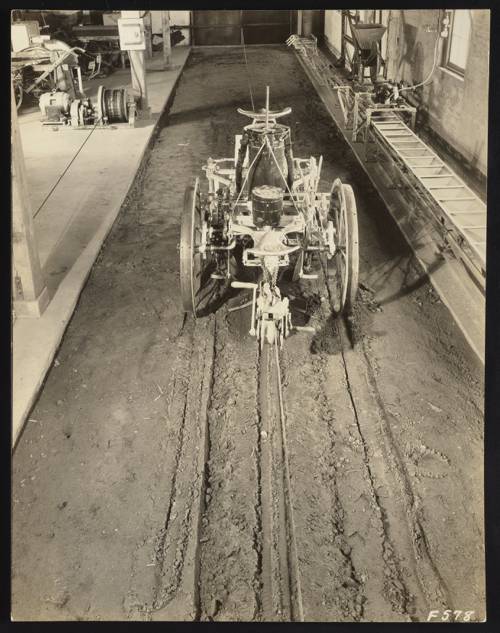
FAQ About Indoor Plant Liquid Fertilizer Application

What is liquid fertilizer for indoor plants?
Liquid fertilizer is a nutrient-rich liquid solution specifically designed to provide essential nutrients to indoor plants. Unlike granular or solid fertilizers, liquid fertilizers are mixed with water and directly applied to the soil or foliage of the plants, allowing for quick nutrient absorption.

How often should I apply liquid fertilizer to my indoor plants?
The frequency of applying liquid fertilizer to indoor plants depends on the plant species, growth stage, and the specific fertilizer used. Generally, it is recommended to apply liquid fertilizer every two to four weeks during the growing season (spring and summer) and reduce the frequency or stop during the dormant periods (fall and winter).

What are the benefits of using liquid fertilizer for indoor plants?
Liquid fertilizers offer several benefits for indoor plants, including faster nutrient absorption, ease of application, and the ability to directly target the nutrient needs of the plant. They can quickly remedy nutrient deficiencies and promote healthier growth, which is especially beneficial for potted plants with limited soil volume.

Can I use any liquid fertilizer for all types of indoor plants?
Not all liquid fertilizers are suitable for every type of indoor plant. Different plants have unique nutrient requirements, so it's essential to choose a fertilizer formulated for your specific plant species. General-purpose liquid fertilizers work for most houseplants, but specialized formulations may be needed for flowering plants or succulents.

How do I apply liquid fertilizer to my indoor plants?
To apply liquid fertilizer, first dilute it according to the manufacturer's instructions to prevent over-fertilization. Water the soil around the plant until it's moist, then pour the diluted fertilizer solution evenly across the soil. Avoid pouring directly onto the foliage unless the product specifies foliar feeding.

What are some signs that my indoor plants need liquid fertilizer?
Signs that your indoor plants may need liquid fertilizer include slow growth, pale or yellowing leaves, leaf drop, and a lack of blooms. If the plant hasn't been fertilized in a while, these symptoms might indicate nutrient deficiencies, and feeding with a liquid fertilizer could help address these issues.

Is it possible to over-fertilize my indoor plants with liquid fertilizer?
Yes, it's possible to over-fertilize your indoor plants. Over-fertilization can lead to nutrient burn, characterized by brown tips or edges on the leaves, wilting, and stunted growth. Always follow the recommended dilution rates and application frequency to avoid overfeeding your plants.

Can I make my own liquid fertilizer at home?
Yes, you can make your own liquid fertilizer at home using natural ingredients such as compost tea, fish emulsion, or diluted coffee. These homemade solutions can provide beneficial nutrients, though they may not be as balanced as commercial options. Ensure that homemade fertilizers are well-diluted to prevent root burn.

What nutrients are commonly found in liquid fertilizers for indoor plants?
Most liquid fertilizers contain a mix of nitrogen, phosphorus, and potassium, which are essential for plant growth. They may also include secondary nutrients like calcium and magnesium, as well as trace elements such as iron, zinc, and manganese, which play vital roles in plant health.

Should I fertilize my indoor plants in winter?
Indoor plants typically require less fertilizer in winter since their growth slows down due to lower light levels. However, if your plants continue to grow or blossom during the colder months, you might apply a reduced amount of liquid fertilizer based on their specific needs.

Are organic liquid fertilizers better for indoor plants?
Organic liquid fertilizers can be beneficial as they are derived from natural sources, potentially improving soil health over time. They can be less harsh than synthetic fertilizers, reducing the risk of over-fertilization. However, both organic and synthetic fertilizers can effectively meet your plants' nutrient needs if used correctly.

Can I use liquid fertilizer on newly potted indoor plants?
It's advisable to wait a few weeks before applying liquid fertilizer to newly potted indoor plants. Fresh potting soil often contains initial nutrients that can sustain the plant temporarily. After this period, you can begin feeding the plant with liquid fertilizer as part of a regular care routine.

How do I choose the right liquid fertilizer for my indoor plants?
To choose the right liquid fertilizer, consider the type of plants you have and their specific nutrient requirements. Check the N-P-K ratio (nitrogen, phosphorus, potassium) on the fertilizer label and opt for a balanced formula or one tailored to your particular plants. Brand reputation and any specific plant conditions should also guide your choice.

What is the difference between foliar feeding and soil feeding with liquid fertilizer?
Foliar feeding involves applying liquid fertilizer directly to the leaves, allowing plants to absorb nutrients quickly through their foliage. Soil feeding involves watering the soil with diluted fertilizer, where the roots absorb nutrients. Different methods suit different plant needs and types, so it may depend on the issue you need to address.

How can I tell if my liquid fertilizer is still good to use?
Most liquid fertilizers have a shelf life indicated on the packaging. If not, check for any unusual changes in odor, color, or consistency that could suggest spoilage. Expired liquid fertilizers may be less effective or potentially harmful, so if in doubt, it is safer to replace them with a fresh product.

Can liquid fertilizer harm indoor plants' potting soil?
Improper use of liquid fertilizer, such as excessive application or poor dilution, can damage potting soil by disrupting its pH balance or causing salt buildup. Following the recommended guidelines helps maintain soil health while providing nutrients to your plants.

What is the best time of day to apply liquid fertilizer to indoor plants?
The best time to apply liquid fertilizer is during the early morning or late afternoon when temperatures are cooler. This prevents the quick evaporation of water and helps ensure that the nutrients are effectively absorbed by the plant roots or foliage.

How can I prevent liquid fertilizer from burning my indoor plants?
To prevent nutrient burn from liquid fertilizer, always follow the manufacturer's dilution instructions and start with a more diluted solution if you're unsure. Gradually increase concentration or frequency only if the plant shows no adverse effects. Regularly flushing the soil with water also helps prevent salt buildups that can lead to burning.

Why is it important to flush indoor plant soil sometimes when using liquid fertilizers?
Flushing the soil involves watering plants with clean, freshwater to remove excess salts and prevent nutrient buildup, which can harm plant roots. This process is important when using liquid fertilizers regularly because it maintains a healthy soil environment, ensuring the roots remain robust and capable of nutrient uptake.

Can liquid fertilizers be mixed together for use on indoor plants?
Mixing liquid fertilizers is generally not recommended because it may alter the nutrient balance and affect their efficacy. When multiple nutrients are needed, it's safer to apply them separately according to their specific instructions. If you're considering mixing, check compatibility or consult the manufacturer to avoid damaging your plants.
